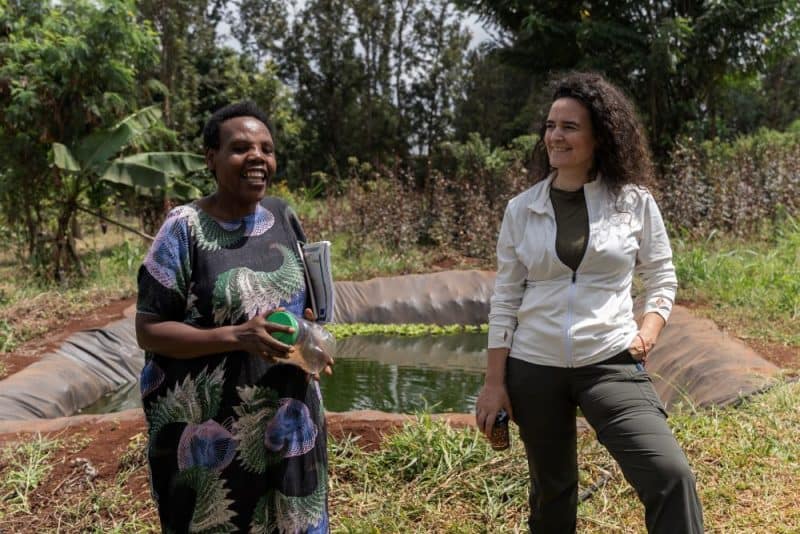The UN’s Green Climate Fund (GCF) is considering borrowing money from banks and other investors in order to meet a goal set by governments at COP29 in November to increase spending by a group of funds that support developing countries.At the talks in Baku, under pressure from small island nations and the Least Developed Countries (LDCs), all governments agreed to “pursue efforts to at least triple annual outflows” between 2022 and 2030 from UN climate funds like the GCF.
But with climate finance from wealthy governments faltering, Alain Beauvillard, the GCF’s director of strategy, policy and innovation, told Climate Home that the fund was considering tapping capital markets to help meet this goal.
What Trump’s second term means for climate action in the US and beyond
He said the GCF has an “ambitious” goal to manage $50 billion by 2030 – set in 2023 by its executive director – but foreign aid budgets are “not growing fast, some are falling and basically Ukraine is taking the greatest part”, so “we need some other sources of funding”.
The GCF will also look at accessing international financial assets called Special Drawing Rights and benefiting from proposals for global taxes on polluting economic sectors, he added.
Climate justice
But borrowing is controversial. Harjeet Singh, a frequent observer of GCF board meetings and director of the Satat Sampada Climate Foundation in India, told Climate Home that “turning to capital markets to scale up climate finance may address short-term funding gaps but fundamentally undermines the principles of climate justice”.
In his view, it “prioritises profit-driven projects like renewable energy over critical adaptation efforts and addressing loss and damage – both of which are essential for vulnerable communities bearing the brunt of the climate crisis”.
Those lending money to the GCF on financial markets would expect to be paid back with interest. While clean energy projects generally produce revenue which the GCF could use to pay off lenders, it is harder to make profit from rebuilding a hurricane victim’s house or constructing a seawall to defend against rising sea levels.
The COP29 language about tripling outflows from the climate funds was only added into the finance agreement at midnight on the last night of the tense summit, giving governments no time to debate the exact wording. The amounts and details have yet to be worked out.
Michai Robertson, finance negotiator for the Alliance of Small Island States (AOSIS), told Climate Home that its inclusion was a compromise made to them and the LDCs, following a dramatic temporary walk-out on the last afternoon of the talks.
While government aid agencies like USAID and multilateral development banks (MDBs) like the World Bank are at least largely controlled by developed countries, the GCF has a board made up of an equal number of developed and developing country representatives.
Aid agencies and MDBs often favour finance in

